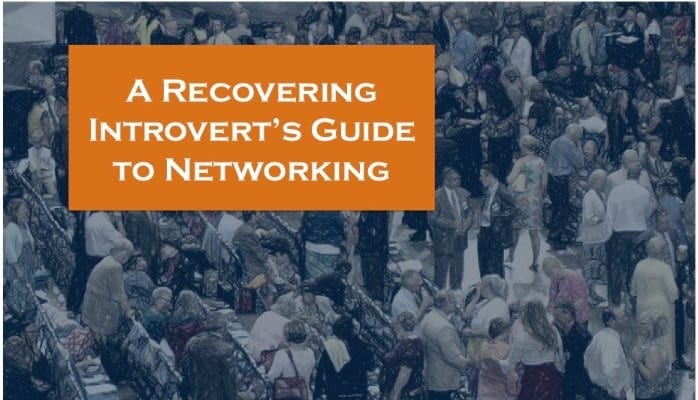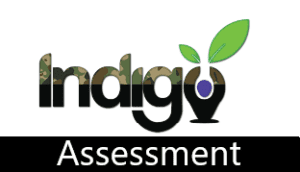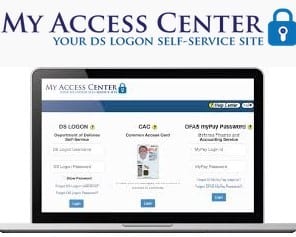Networking is a great way to meet people and develop mutually beneficial relationships where you can help achieve each other’s goals. Although only mildly introverted, I used to find networking events exhausting. I felt uncomfortable approaching others and insincere because I always felt like I was being pushy. Making connections was a struggle, I needed help. I realized my approach to networking was wrong.
Since following the five steps below, I have found networking easier and I am developing stronger relationships. I better connect people and provide more value to my network.
1. Explore your beliefs
What comes to mind when you think of networking? Take a minute to write your thoughts down. As you are reflecting, consider the format of the networking activity (e.g. location, number of participants). Also consider how you feel before, during, and after networking events.
Before I changed my mindset about networking, my life experiences shaped a belief of mine that I only needed to focus on existing professional relationships. My career in the Navy and upcoming projects at a large consulting firm were found using a structured process. I didn’t think a large and strong network was critical. I was mostly focused on working on my current project. As a result of these beliefs, I didn’t see the value in meeting new people.
I was wrong and I reframed my beliefs so I would view networking differently. The remaining tips helped me become a better networker and better at developing strong relationships.
Which of your beliefs about networking are keeping you from finding potential opportunities?
2. Provide value by becoming a connector
Unfortunately, most of us see the need to increase our networking when we need something such as finding a job or growing a business. This can put one in a terrible mindset because they are urgently trying to find opportunities. This rush can make one appear desperate and drive away people that might be able to help them. They may solely focus on communicating the services they provide or the products they sell.
How can you balance your need to find opportunities while still providing value to others?
Learn about others. Ask questions to learn where you have common interests or experiences. Take the focus off you and learn what others value.
Sometimes people want to genuinely help and ask, “What can I do to help you?” Unfortunately, it is not a specific question and oftentimes people won’t give a specific answer. As a result, it becomes difficult to help others and relationships can fizzle over time.
Get specific when you want to learn how to help others. Ask questions such as:
- What are your goals?
- What will help you achieve those goals?
- Who are you interested in meeting?
- Who is a good referral for you?
Keep a record of these needs so you can periodically check in with people to see how their progress is going and better yet, connect them with other people you meet.
Like what you see here. Join the Networking Lab – a safe place to try new approaches to strengthen and expand your network. As a gift you’ll get a free Network Tracking Tool
3. Look for groups of three
Feel awkward interrupting two people talking? So do I.
When three people are in a group. One is likely less involved in the discussion. As you walk up to the group and make eye contact, someone will naturally peel off and start talking with you.
There! No more awkwardness. When will you try this trick?
4. Reduce anxiety by perfecting your elevator pitch
It’s inevitable when you are networking– someone will ask, “What do you do?” Your response will shape their first impression of you.
Start small. Offer one sentence about whom you help. My opening statement is, “I help technical organizations increase productivity, employee retention, and customer satisfaction”. This will allow people to ask questions for more detail if they want to learn more.
Prepare responses to potential follow up questions such as “How do you help…?” Sometimes people will try to bin what you do into a category. This is a great opportunity to deepen the discussion. For example, sometimes people will respond to my elevator pitch by asking if what I do is human resources work. Different people view HR work differently – I’ll follow up by asking, “What do you view as HR work?” This then allows me to clarify or explain further about what makes me different and the value I can provide.
Need help developing your pitch? Build your career mission statement.
5. Learn as you go
You’ll notice that with practice, your new behaviors will become subconscious and you’ll feel more comfortable and natural when meeting new people. Do you recall how you felt when you first started driving and you had to really concentrate and give deliberate thought to what you were doing? Over time, you don’t give much thought about how to drive a car.
You don’t have to be perfect your first time out. Go to an event and keep track of what worked well for you. What didn’t work well? What would you like to do differently?
Rediscover your passion, strengthen and expand your network, and transition effectively. Join the Networking Lab.
Article was originally published on June 18, 2015 on LinkedIn.






